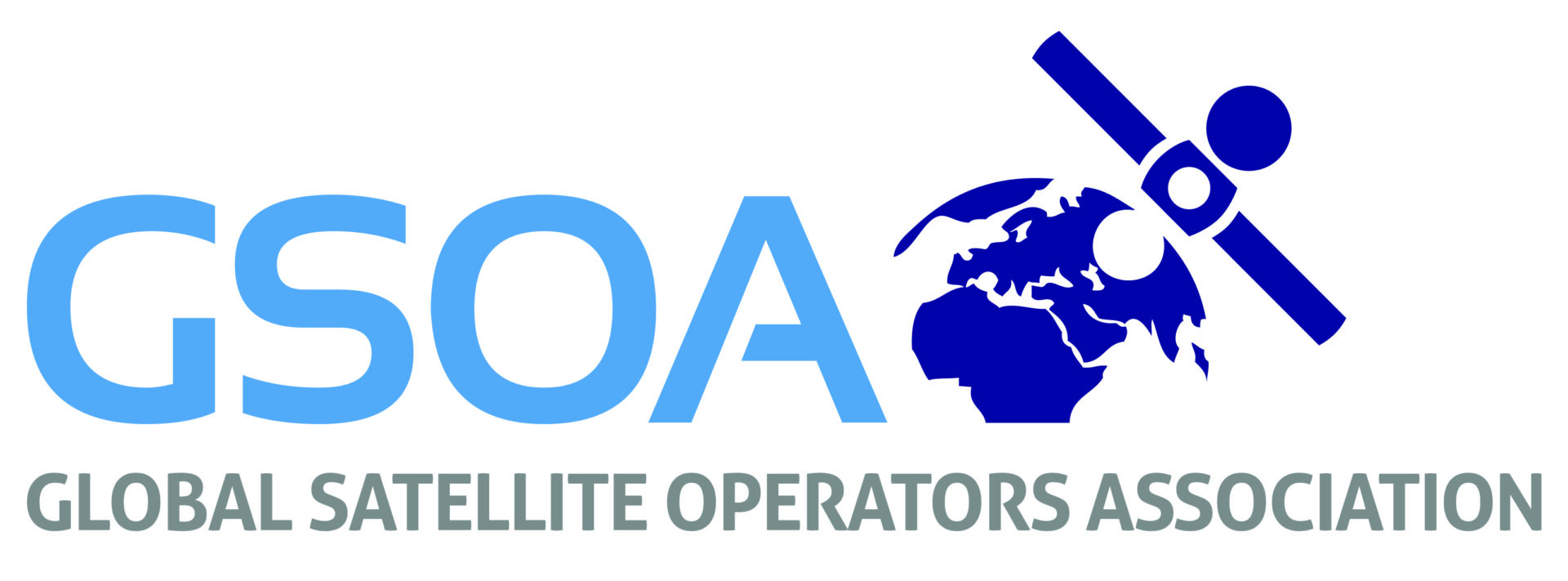Beyond 2020: New Applications, New Growth

Opening the GVF-Satellite Evolution 2021 Series, the fundamental and underpinning question for this webinar panel was “What can the satellite industry offer to ensure a better prepared world?” Discussing the COVID-19 pandemic, the effects and consequences of which are still with us in the early weeks of 2021, the panellists tackled another fundamental question from a member of the audience which essentially asked, “What are the next steps in worldwide communications?”
The 60-minute dialogue which evolved between these two points centred around a wealth of widely varying questions from attendees from around the world. One particular thread reiterated the broad, but core, point: The world’s increasing dependence upon the ubiquity of satellite communications – given that only satellite can provide Universal Access to the billions of the Earth – has become overwhelmingly even more clear as a result of the pandemic. Panellists commented how the degree of dependence has increasingly been recognised in the form of concrete actions by national and international political and economic policy-makers in initiating new satellite programmes.
Panellists described how the satellite industry is strongly positioned to contribute to a more secure and stable 2021, building upon its demonstrated capability to adapt and repurpose resources. One significant example provided is that the industry has been able to redirect resources to meet a rapid growth in global demand for content-rich remote educational content, content which could leverage bandwidth availability because of the absence of sports content.
Noting the development and delivery of radical initiatives relating to the ‘alphabet soup’ of 5G, IoT, NGSOs, HTS, AI, etc., panellists demonstrated that the overall effect of crisis has been to ensure that satellite is increasingly seen as a proactive resource, bestowing upon us preparedness for dealing with even greater, chronic, systemic, and existential threats to human societies, in whatever form.
This is a “big issue”, and you can join with our contribution to this dialogue by clicking on the video link below.
Q & A continued….
The following questions were posed through the chat function during the panel. Thank you to our audience for taking an active part by asking questions, and to our panellists for their time to answer them after the webinar ended…
1. How do you see yourself committed towards offering your solutions towards Humanitarian & Disaster response, especially with climate change affecting environment and multiple disasters striking us every year?
Manik Vinnakota (Telesat): Telesat LEO will be a highly dynamic network allowing service provisioning in near real-time. Will tremendously help in keeping communities connected during unexpected events during Disasters. Further, with the ability to deliver high concentrated capacity to a small area, affected communities and support agencies will have quality, high-speed connectivity.
Jo De Loor (ST Engineering iDirect): A large majority of the first responder and emergency aid agencies use our equipment through different partners such as Verizon, Kymeta, Marlink, Eutelsat, Speedcast, Orange, GRC, Isotropic Networks…
Our technology and platforms are extremely fit for emergency / first responder networks as they respond to the stringent requirements for flexibility to deploy anytime and anywhere, provide reliable links through adaptive waveform technology and hybrid network setups and maximize throughput efficiency even in the worst circumstances to provide situational awareness and set-up logistics as soon as possible. Our STEi VSAT hubs connect multiple platforms and terminals on-the-move (e.g. humanitarian vessels in Mediterranean to help fugitives), on-the-pause (quick deploy teams in disaster areas) and fixed (e.g. hospitals, fugitive camps) and provide a plethora of video, voice or data services adapted to the application at the highest quality of service. We are closely working with operators, service providers and partners to make our satcom technologies and resources available to rapidly respond to such crises situations.
Some examples of partners we are working with to develop connectivity solutions for emergency response:
• Verizon with Hurricane Laura
• Kymeta with their u7 Terminal and the new u8 Terminal
• Paradigm Communication Systems
• GRC
2. Are we changing the services for the maritime VSAT to 5G Internet as well? And when we change from 4G to 5G architecture in maritime VSAT, can it make managing our satellite internet infinitely easier and cheaper?
Jo De Loor (ST Engineering iDirect): The main drivers in Maritime are multiple types of connectivity aboard a vessel, from IoT sensors to on board communication, including Wi-Fi, private 4G or 5G networks aboard vessels, allowing communication for staff and passengers on cruise ships. Communication can also leverage satellite through a range of frequencies and orbits including switching from one constellation to another based on the application and service availability, and 4G or 5G communication when closer to the shore. Switching from one connectivity service to another can be performed through SD_WAN type of service for example. IoT will be based on different standards, including the new 5G NR specifications. 5G mandates that the architecture is based on virtualization, leveraging edge computing and slicing features. It is a network of networks, aiming to simplify the architecture, while guaranteeing higher throughput, lower latency and security. However, much of the functionality relevant to current maritime use-case can also be achieved through 4G, including virtualization or orchestration. Most of 5G stations will also be non-standalone architecture which still requires 4G for the signalling. 4G and 5G are also to co-exist at least for the next 5 years. We, therefore, believe that the VSAT services (including backhauling) will be needed along Wi-Fi, 4G and 5G, and that the drivers for changing from 4G to 5G will rather be based on specific services or technology evolution, on cross- platform management and business needs rather than on economic benefits.
3. Do you see the Telesat being focused on some OTT service such as Netflix similarly to Kuiper focusing on Amazon Prime Video? or will it be plainly broadband access?
Manik Vinnakota (Telesat): Telesat LEO will deliver 2-way connectivity and dive quality Internet. Benefit to OTT video will be a quick start and highly responsive experience, especially for short-form video.
4. At the moment the bandwidth of the LEO network is not enough to carry huge traffic and the network latency is still needs improvement. The terminals also are probably limited to certain capacity. However, everyone are now on social media doing their own silver story telling. Do you see revolution of the antenna terminals and LEO capacity?
Manik Vinnakota (Telesat): Telesat LEO will be able to deliver up to 7.5 Gbps to a single site and sub-50ms latency.
